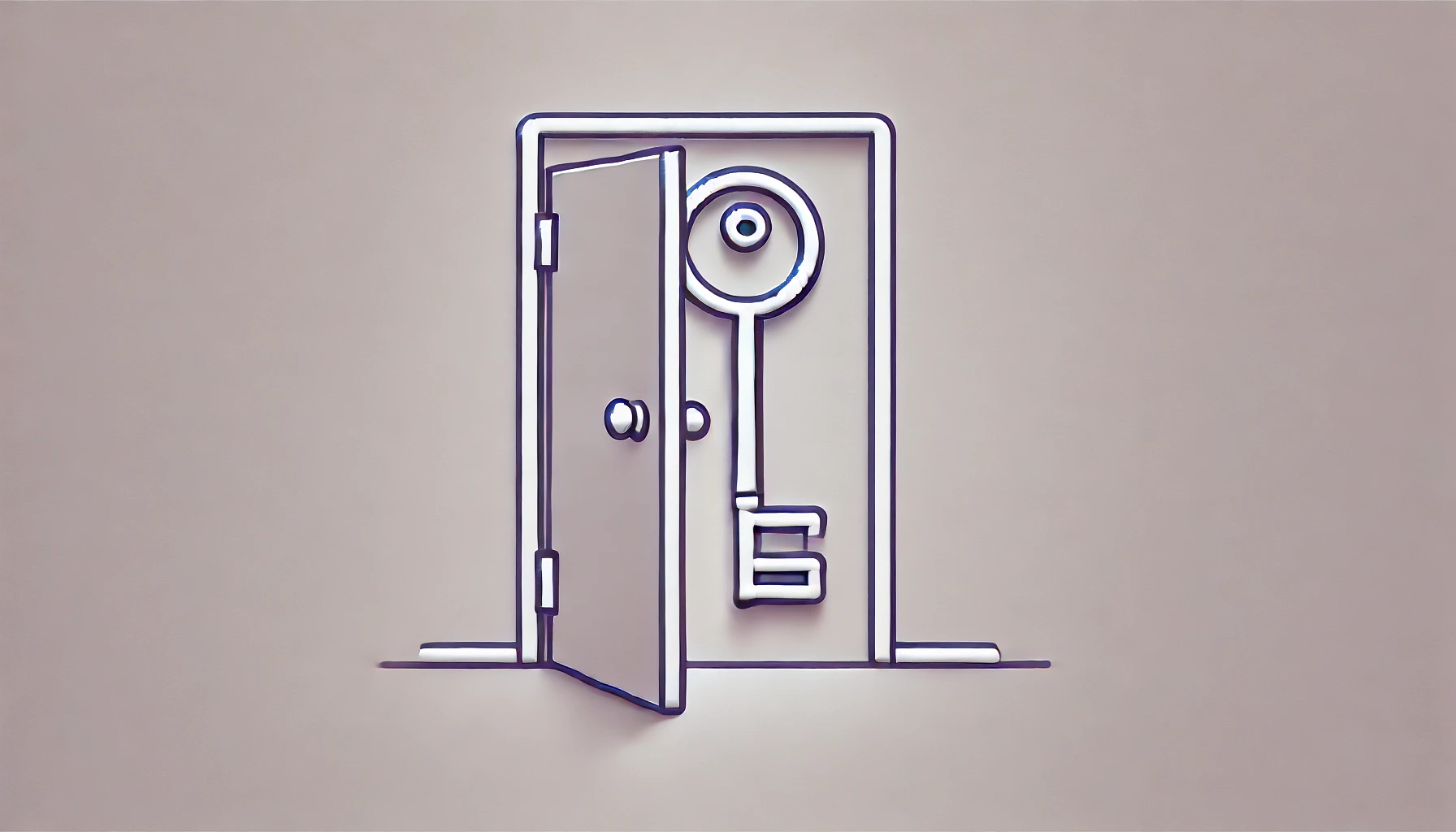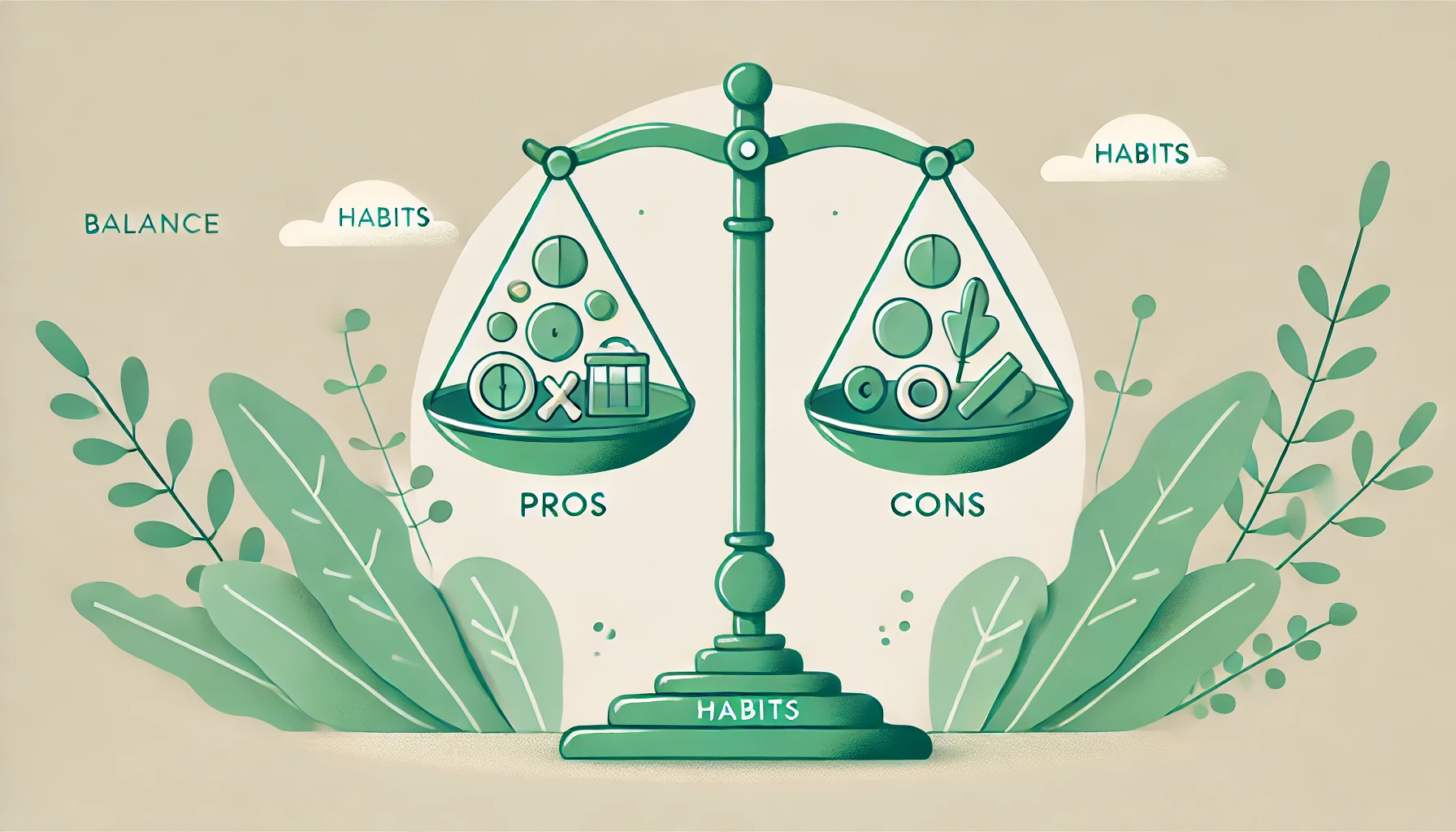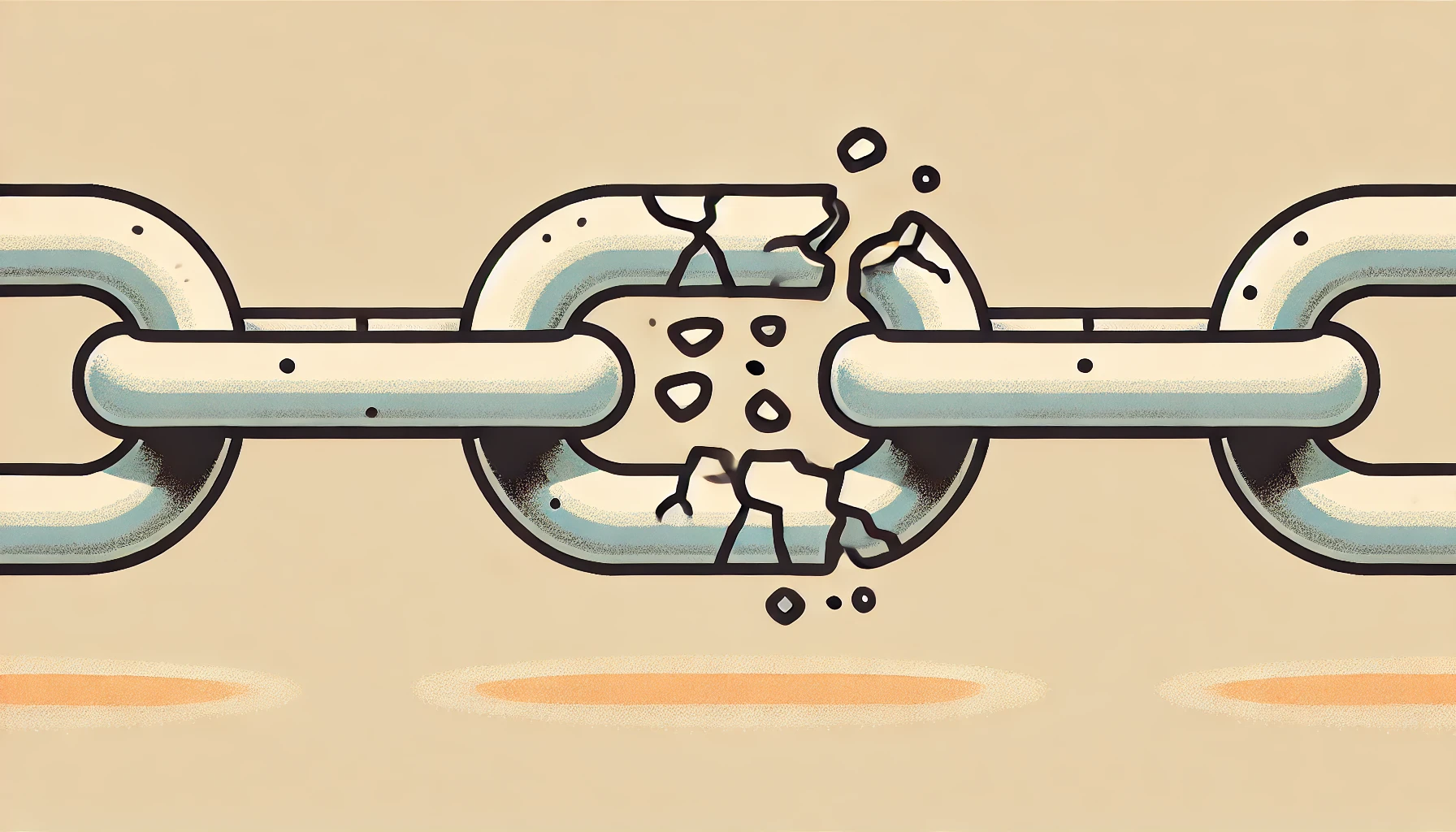In Chapter 9 of Atomic Habits, James Clear explains how our habits are deeply influenced by the people around us—especially family, friends, and the larger social environment.
If you’re struggling to change behaviors or adopt new ones, understanding how your social circle shapes your actions is essential.
This chapter shows how social norms, peer pressure, and the behavior of those we admire can have a strong impact on the habits we form.
It’s not just about personal motivation or willpower. It’s about the people in our lives and the unspoken rules in the communities we belong to.
These insights are valuable whether you’re trying to develop personal habits, lead a team, or create positive change in an organization.
The Power of Family and Close Relationships
One of the most interesting examples from Chapter 9 is the story of Laszlo Polgar, a Hungarian man who set out to prove that genius is created, not born. He believed that any child could excel in any field with enough practice.
To prove his theory, he raised his daughters to become chess prodigies.
Laszlo and his wife Klara created an environment where chess was the central focus of family life. The children were home-schooled, surrounded by chess books, and spent hours playing against one another. Soon, all three daughters—Susan, Sofia, and Judit—became world-class chess players. Judit, the youngest, became the youngest chess grandmaster in history, even surpassing Bobby Fischer.
This is a powerful example of how family culture shapes our habits. The success of the Polgar sisters wasn’t due to natural talent alone.
They were raised in an environment where practicing chess for hours was normal and encouraged. This shows how the habits we form are often reflections of the expectations we are surrounded by from a young age.
In today’s workplace, we see a similar effect. Teams that build a culture of collaboration and learning outperform others.
Whether in business or at home, fostering positive habits within a group can lead to outstanding results. For example, at Teamly, the company culture encourages productivity and teamwork by using tools that promote efficient communication.

The Invisible Influence of Social Norms
Humans are social by nature. We want acceptance and approval from those around us.
Social norms shape the way we behave, often more than we realize. Clear explains that the culture we live in plays a huge role in shaping which habits we adopt.
The Polgar family provides an extreme example of how family norms can reinforce certain behaviors. But social norms vary widely. For instance, someone living in a community that values fitness may find it easier to stick to an exercise routine.
On the other hand, someone in a community where fitness isn’t valued may struggle more to keep up the same habit.
Think about your own work environment. If people around you take long breaks or are constantly distracted, it’s harder for you to stay focused.
But if you’re in a setting where people value deep work, you’ll likely follow their lead. Social norms are powerful forces that shape our routines, whether we’re aware of them or not.
Clear emphasizes that many of our habits aren’t consciously chosen. Instead, they are often inherited from our families, workplaces, or communities. These invisible social norms guide our actions without us even realizing it.

The Power of Peer Pressure: Solomon Asch’s Conformity Experiments
To explain how social pressure influences habits, Clear introduces Solomon Asch’s experiments on conformity.
In the 1950s, Asch conducted a series of tests where participants were asked to choose which of three lines matched a reference line in length. However, actors in the room gave incorrect answers to see if the real participant would conform.
Surprisingly, many participants conformed to the group’s wrong answers, even when the correct answer was obvious.
Nearly 75% of participants conformed at least once during the experiment. This shows how strong social pressure can be. When we’re unsure of something, we tend to follow the group, even if we know better.
Peer pressure can play a major role in habit formation. If people around you are behaving in a certain way, you’re more likely to adopt those behaviors. Think about how often we follow trends or make decisions based on what others are doing. This can either help or hinder your goals, depending on who you surround yourself with.
If you want to build better habits, try aligning yourself with people who already have the behaviors you want to adopt.
Their influence will make it easier for you to stick with those habits over time.

Imitating the Powerful
In the last part of Chapter 9, Clear explains how we are influenced by power and status. We naturally imitate the habits of successful people because they represent what we want to achieve.
This applies to all areas of life—from business to fitness to parenting.
When we see someone at the top of their game, we try to copy their behaviors in hopes of replicating their success. This might be their time management skills, their routines, or their approach to work. We believe that by imitating their habits, we can reach similar levels of success.
However, it’s not only about copying successful habits. We are also motivated by a desire to fit in with high-status individuals. As Clear explains, we often clean up our homes or make sure everything looks perfect before guests arrive—not because it’s necessary, but because we want to avoid judgment.
The Polgar sisters are an excellent example of this principle in action. Their remarkable chess achievements were praised by their family and society, which reinforced their commitment to the game.
This positive feedback loop made the habit of practicing chess even more rewarding.
For those looking to improve their habits in business, this insight is invaluable. Surrounding yourself with successful people who exhibit the behaviors you want to adopt provides the social support and motivation you need.
Whether it’s the way you communicate with clients or use tools like Teamly for better productivity, aligning yourself with high performers helps you grow.
If you’re ready to explore more about how habits form, grab a copy of Atomic Habits and start applying these principles today.



















































